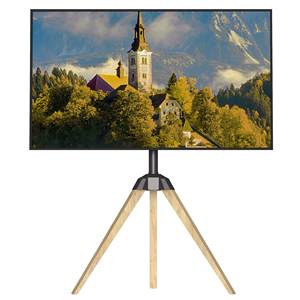Introduction to Stands
A stand is an essential item designed to support, elevate, or display objects across a variety of settings. Whether in a home office, an art gallery, or at a trade show, stands serve numerous functions by providing stability and visibility. Their versatility makes them an ideal choice for businesses looking to showcase products or for individuals wanting to declutter their spaces while adding functionality.
Types of Stands
Stands come in various forms, each tailored to meet specific needs. Understanding the different types can help businesses and customers select the ideal stand for their requirements.
- Display Stands: Ideal for showcasing products in retail environments.
- Tablet and Smartphone Stands: Designed to hold devices for viewing or interaction.
- Music Stands: Used to hold sheet music for musicians.
- Camera Stands: Essential for photographers to stabilize their equipment during shoots.
- TV Stands: Provide a sturdy base for television sets, often incorporating storage solutions.
Function, Features, and Design of Stands
The primary function of a stand is to provide support and enhance visibility. However, modern stands come with a myriad of features that elevate their practicality:
- Adjustability: Many stands feature height or angle adjustments to cater to different preferences and needs.
- Portability: Lightweight designs often allow for easy transportation, making them perfect for events and trade shows.
- Stability: Constructed with sturdiness in mind, robust stands are designed to hold objects without wobbling.
- Stylish Designs: Available in various materials like wood, metal, or acrylic, stands can fit seamlessly with any decor while serving a practical purpose.
- Multi-functional: Some stands come with additional storage or organizational sections, maximizing efficiency.
Applications of Stands
Stands have a wide range of applications across multiple industries, highlighting their versatility and utility:
- Retail Displays: Use display stands to highlight promotional products or featured items, increasing visibility and sales.
- Corporate Events: Use tablet stands for sign-ups and interactions, as well as display stands for brochures and marketing materials.
- Education: In classrooms, music stands enhance teaching effectiveness by providing easy access to learning materials.
- Photography: Camera and tripod stands are critical for capturing high-quality images or video content.
- Home Use: TV stands enhance your entertainment area, while plants can be showcased on decorative stands.
Advantages of Using Stands
The benefits of incorporating a stand into any space are numerous. Here are some of the key advantages:
- Enhanced Organization: Stands can help to keep surfaces orderly by elevating items off tables and desks.
- Improved Aesthetics: A well-placed stand can elevate the overall look of a room or display, creating a pleasing visual presentation.
- Versatile Uses: With a wide range of options, stands can adapt to various functions, becoming invaluable across settings.
- Ergonomic Benefits: Proper stands can enhance comfort and ease of use, essential for long hours of use in professional settings.
- Increased Longevity: Protects items from wear and tear by keeping them elevated and prominently displayed.



























































































































































































































